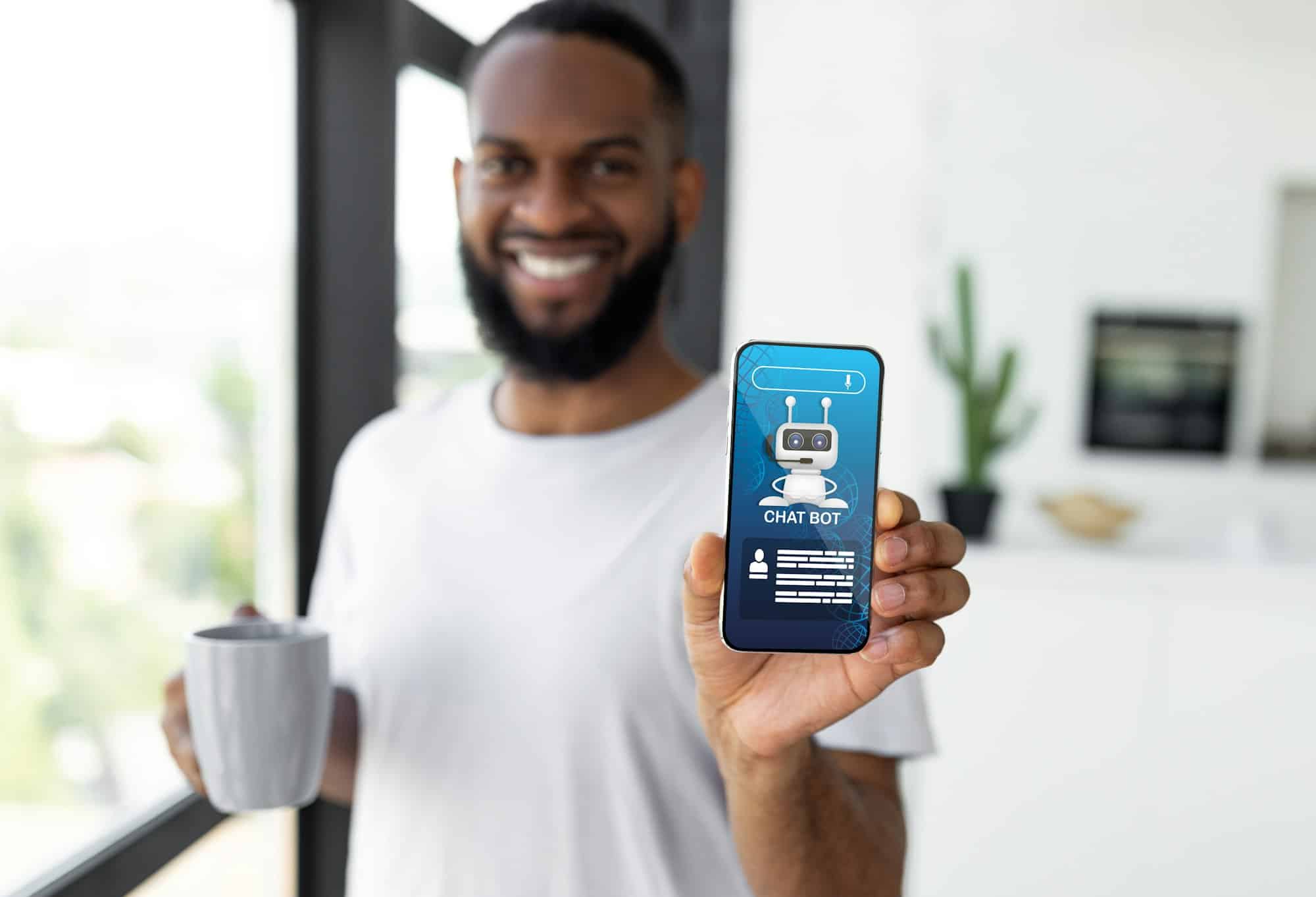In the rapidly evolving landscape of digital technology, the convergence of chatbots with virtual reality (VR) and augmented reality (AR) represents a fascinating frontier. These technologies, each powerful in their own right, are now being integrated to create immersive, interactive experiences that revolutionize the way we interact with digital environments and data. The fusion of chatbots with VR/AR not only enhances user engagement but also offers practical applications across various industries, from customer service and education to healthcare and entertainment.
The role of chatbots in modern technology
Chatbots, powered by artificial intelligence (AI) and natural language processing (NLP), have become ubiquitous in today’s digital ecosystem. It is therefore essential to know how to integrate an online chatbot on your site. They serve as virtual assistants capable of handling a wide range of tasks, from answering customer queries to managing schedules and facilitating online transactions. Their ability to provide instant, 24/7 support makes them invaluable for businesses aiming to improve customer satisfaction and operational efficiency.
A lire également : How Are AI-Powered Analytics Shaping Customer Buying Patterns in UK Retail?
The immersive power of VR and AR
Virtual reality and augmented reality are technologies that create immersive experiences by altering or enhancing the user’s perception of the world. VR creates a completely virtual environment, isolating users from the real world and transporting them to a digitally constructed space. This technology is widely used in gaming, simulations, and virtual tours.
On the other hand, AR overlays digital information onto the real world, enhancing the user’s interaction with their actual surroundings. AR is commonly used in applications like Pokemon Go, retail shopping apps that allow users to visualize products in their space, and complex maintenance tasks that provide technicians with real-time guidance.
A lire aussi : What’s the Latest in Drone-Powered Pollination for UK Agriculture?
Integration of chatbots with VR and AR
The integration of chatbots with VR and AR technologies is a game-changer, providing a seamless, interactive experience that leverages the strengths of both technologies. Here’s how these integrations are making an impact:
Enhanced customer service
One of the most promising applications of chatbots in VR and AR is in customer service. Imagine a virtual store where customers can walk through aisles, examine products, and even try them on, all from the comfort of their homes. A chatbot integrated into this VR environment can guide users, answer questions, and provide personalized recommendations in real-time.
Immersive learning and training
In the education and corporate training sectors, the combination of VR/AR and chatbots offers a powerful tool for immersive learning. For example, medical students can practice surgeries in a virtual operating room with a chatbot acting as an AI tutor, providing feedback and answering questions in real-time.
Healthcare assistance
In healthcare, VR combined with chatbots can provide therapeutic experiences for patients. For instance, a chatbot could guide patients through relaxation exercises in a calming virtual environment, aiding in mental health treatments. AR applications, meanwhile, can assist healthcare professionals by overlaying critical information during surgeries or patient care, with chatbots providing instant access to medical data and procedural guidance.
Real estate and virtual tours
The real estate industry is also benefiting from the integration of chatbots with VR/AR. Prospective buyers can take virtual tours of properties with a chatbot providing detailed information about the features, pricing, and availability. In an AR application, potential buyers can visualize how different pieces of furniture would look in a space or get real-time updates on property listings and neighborhood statistics through an interactive chatbot.
Entertainment and gaming
The entertainment and gaming industries are at the forefront of adopting VR and AR technologies. Integrating chatbots into these platforms enhances user interaction and engagement. In VR games, chatbots can serve as guides or companions, offering hints, managing inventories, and providing narrative elements.
Retail and e-commerce
In the retail and e-commerce sectors, AR and VR combined with chatbots are transforming the shopping experience. Customers can use AR to see how products like furniture or clothing would look in their homes or on themselves, respectively. Chatbots can assist by answering questions, suggesting products, and facilitating purchases.
Future prospects and challenges
The future of chatbots integrated with VR and AR holds immense potential. As these technologies evolve, they will offer even more sophisticated and seamless user experiences. However, there are challenges to address, including: technological integration, user adoption, privacy and security.
In summary, the integration of chatbots with virtual reality and augmented reality is setting the stage for the next revolution in digital interaction. By enhancing user engagement, providing personalized and immersive experiences, and offering practical applications across various sectors, this convergence is proving to be a transformative force. As technology continues to advance, the possibilities for chatbots in VR and AR are virtually limitless, promising a future where our interactions with digital environments are more intuitive, engaging, and impactful than ever before.

Comments are closed